Lake Baikal: The Pearl of Siberia
Have you ever wondered what it’s like to stand before a natural wonder so vast and ancient that it almost seems otherworldly? Welcome to Lake Baikal—the Pearl of Siberia. In this blog post, we’ll dive deep (pun intended) into what makes Lake Baikal not just the deepest freshwater lake in the world but also one of the most fascinating natural treasures on Earth. Whether you’re curious about its impressive lake Baikal depth, searching for a reliable lake Baikal map, or intrigued by the legends of a mysterious lake Baikal monster, this guide is for you.
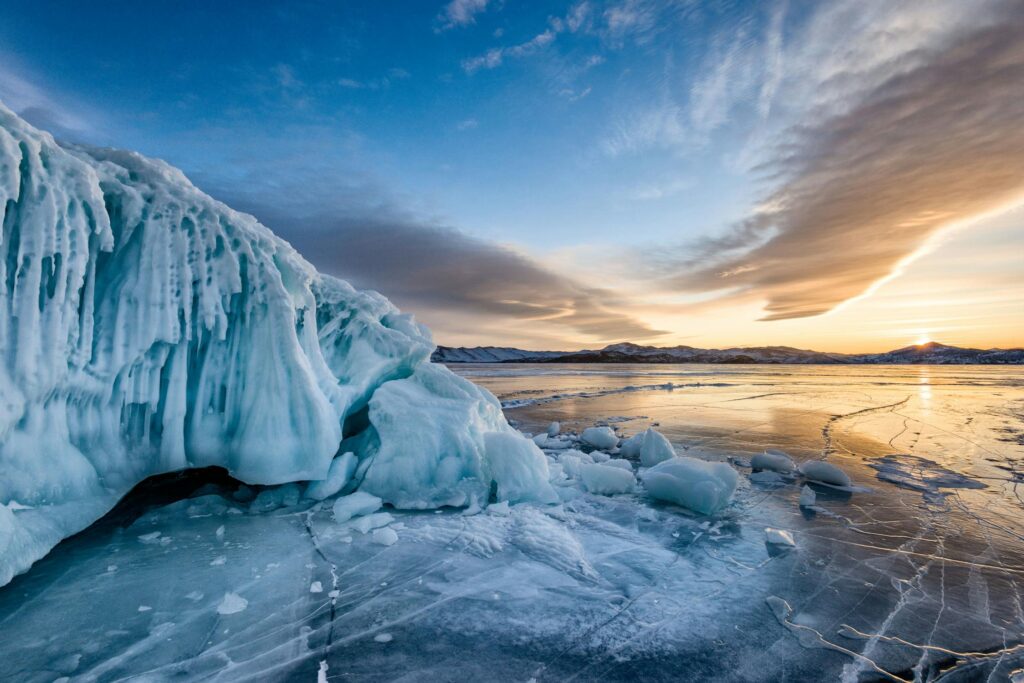
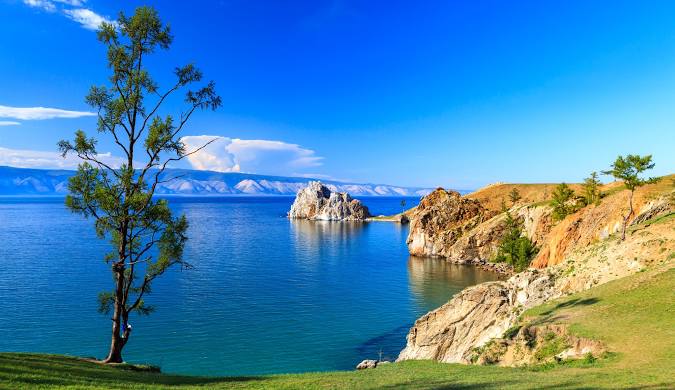
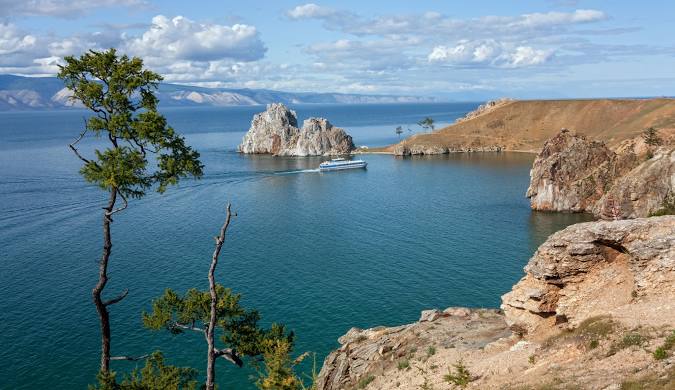
Introduction: Discovering the Magic of Lake Baikal
Imagine a place where crystal-clear water meets rugged wilderness, where ancient myths mix with modern exploration, and where every ripple tells a story of geological wonder. Lake Baikal is exactly that—a breathtaking fusion of nature, culture, and science. Nestled in the heart of Siberia, this lake stretches for 636 kilometers and plunges to depths exceeding 1,600 meters. As you read on, you’ll learn not only why Lake Baikal is so deep but also why it continues to captivate travelers, researchers, and adventurers alike.
From its geological origins to the enchanting legends that whisper about a mysterious lake Baikal monster, there’s so much to explore about this dynamic waterbody. So, let’s start our journey by understanding where exactly Lake Baikal is located and what makes it such an extraordinary site.
Where is Lake Baikal Located?
First things first: where is Lake Baikal located? This natural marvel sits in southeastern Siberia, Russia, bordering Mongolia. It is divided between the Irkutsk Oblast on the western side and the Republic of Buryatia on the eastern shore. Thanks to its remote location, Lake Baikal has preserved its pristine beauty and unique ecosystem over millions of years.
For those planning a trip, the nearest major city is Irkutsk, often dubbed the “Paris of Siberia” for its charming blend of old-world architecture and modern comforts. If you’re ever wondering about a lake Baikal map for navigation, many travel guides and online resources—like the UNESCO World Heritage Site page—offer detailed maps that help you pinpoint key locations around the lake.
The Geological Marvel: Why is Lake Baikal So Deep?
One of the most intriguing questions about Lake Baikal is: why is Lake Baikal so deep? The answer lies in its fascinating geological history.
A Rift Valley Like No Other
Lake Baikal was formed by tectonic movements that created a massive rift valley. Unlike many other lakes that gradually fill with sediment, Baikal’s rift continues to expand by about 2 centimeters each year, preserving its extraordinary depth. This constant tectonic activity not only maintains the lake’s impressive depth (with measurements reaching over 1,600 meters) but also contributes to its unique underwater topography.
An Ancient Laboratory
At approximately 25 million years old, Lake Baikal is not just the deepest—it’s also one of the oldest lakes on Earth. This incredible age has allowed countless species to evolve in isolation, creating a living laboratory of evolution. As a result, over 1,500 species are found here, many of which are found nowhere else in the world. These insights into lake Baikal depth and the lake’s longevity offer researchers a glimpse into evolutionary processes that have been unfolding for millions of years.
For more detailed scientific perspectives on its depth and origins, you might explore articles on Britannica and other academic sources.
Unique Ecosystem and Rich Biodiversity
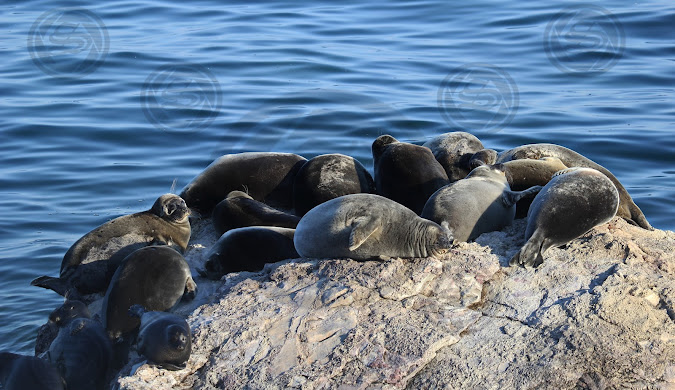
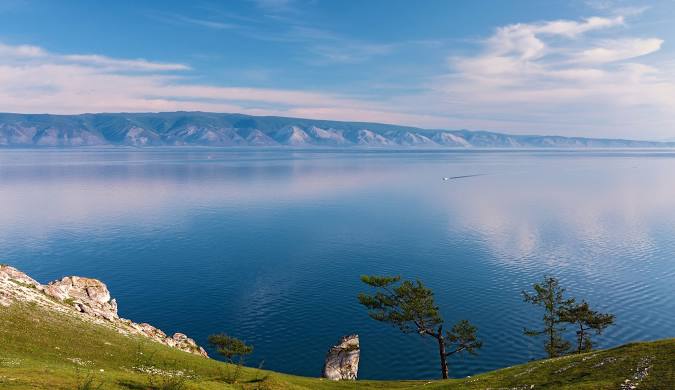
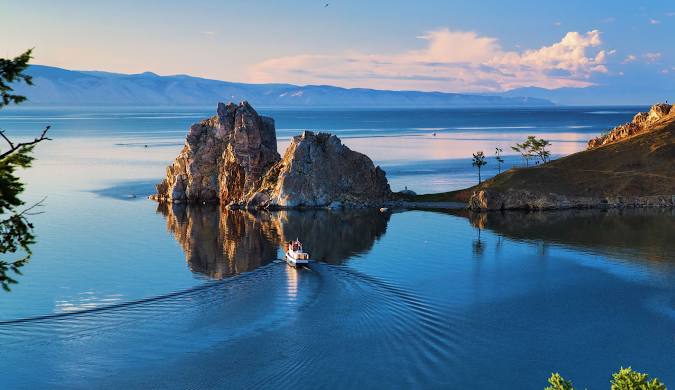
Beyond its awe-inspiring depth, Lake Baikal is renowned for its vibrant ecosystem. The isolation and age of the lake have fostered an environment where endemic species flourish. Here’s what makes the lake’s ecosystem truly remarkable:
- Baikal Seal (Nerpa): The only freshwater seal in the world, often seen near the Ushkany Islands. This charming creature is a key symbol of the lake’s biodiversity.
- Omul Fish: A local delicacy that is a staple in the region’s cuisine. Its unique flavor is celebrated in traditional recipes across Siberia.
- Endemic Flora and Fauna: Over 1,500 species, many of which are exclusive to Lake Baikal, call this lake home. This biodiversity is one of the main reasons why the lake is a UNESCO World Heritage Site.
These remarkable features not only contribute to the lake’s ecological importance but also provide ample opportunities for eco-tourism. Whether you’re a nature enthusiast or a casual traveler, Lake Baikal offers an unparalleled glimpse into a pristine, ancient ecosystem.
Comparisons: Lake Baikal and Other Great Lakes
To appreciate the majesty of Lake Baikal, it helps to compare it with other famous lakes around the world. Let’s take a look at some key comparisons:
| Characteristic | Lake Baikal | Great Lakes (e.g., Lake Superior) | Other Famous Lakes (e.g., Lake Tanganyika) |
|---|---|---|---|
| Depth | 1,642+ meters | ~406 meters (Lake Superior) | ~1470 meters (Lake Tanganyika) |
| Age | 25+ million years | 4,000 years (geologically young) | 9-12 million years |
| Biodiversity | Over 1,500 endemic species | Rich, but less isolated biodiversity | High endemicity in some species |
| Location | Southeastern Siberia, Russia | North America | East Africa |
| Geological Formation | Rift valley (tectonic activity) | Glacial origins | Rift valley (tectonic activity) |
This table clearly highlights that Lake Baikal isn’t just another lake—it’s a unique geological phenomenon. Its depth and ancient formation set it apart from other renowned lakes, making it a must-visit destination for adventurers and scientists alike.
The Mysterious Lake Baikal Monster
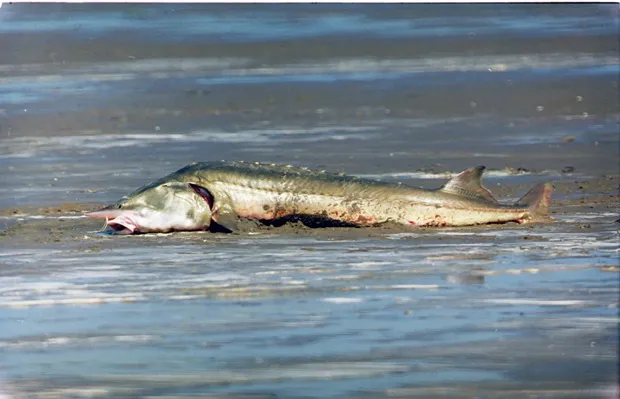
Every great natural wonder comes with its share of legends, and Lake Baikal is no exception. Local folklore is rife with tales of a mysterious creature, sometimes referred to as the lake Baikal monster. While scientific evidence for such a creature remains elusive, these stories add a layer of mystique and cultural richness to the lake’s narrative.
Many locals and adventurous tourists have reported strange sightings and unexplained movements in the water. Whether these are the products of vivid imaginations or hints of undiscovered species, the legend of the lake Baikal monster continues to intrigue both skeptics and believers. For more captivating stories and research insights, check out resources like Travel Triangle and other adventure travel blogs.
Cultural Insights and Local Heritage
One of the most charming aspects of visiting Lake Baikal is the opportunity to immerse yourself in the local culture. The region is home to the indigenous Buryat people, whose traditions and way of life have been shaped by the lake and its surroundings.
Buryat Culture and Traditions
- Cultural Experiences: Visitors can explore traditional Buryat yurts, enjoy local cuisine such as buuz (steamed dumplings), and participate in throat singing performances.
- Spiritual Significance: Many sites around the lake, especially on Olkhon Island, are considered sacred by the Buryat. The ancient rituals and shamanistic traditions provide a profound insight into the local heritage.
- Historical Landmarks: From wooden churches to ethnographic museums, the cultural tapestry of the Lake Baikal region is as rich and diverse as its natural environment.
These cultural dimensions add a human touch to the awe-inspiring natural beauty of the lake, making every visit an opportunity to learn and connect with the local way of life.
Practical Travel Tips: Making the Most of Your Trip
Planning a trip to Lake Baikal might seem daunting due to its remote location, but with a little preparation, you can make the most out of your adventure. Here are some essential tips:
Getting There and Around
- By Air: Fly into Irkutsk, the main gateway to Baikal. Irkutsk Airport (IKT) is well connected with major Russian cities.
- By Train: The Trans-Siberian Railway offers one of the most scenic routes, letting you experience Siberia in all its rugged beauty.
- By Road: Regular buses (marshrutkas) and taxis are available from Irkutsk to nearby towns like Listvyanka, which is just about an hour away.
- Local Transport: Once at the lake, you can use boats, 4×4 vehicles, or even ice roads (in winter) to explore the area.
Where to Stay
There’s a wide range of accommodation options around Lake Baikal:
- Hotels and Guesthouses: Popular in Listvyanka and Olkhon Island, offering both modern amenities and local charm.
- Eco-Lodges: For a sustainable experience, try one of the many eco-friendly lodges.
- Floating Hotels: Unique accommodations on the lake itself, available during the summer months.
What to Pack
- For Summer: Light layers, comfortable hiking shoes, sunscreen, and a hat.
- For Winter: Heavy, waterproof clothing, thermal layers, gloves, and a good pair of boots.
- General Essentials: Camera, travel insurance, local currency (Russian Rubles), and a reliable map or navigation app.
For more detailed travel advice, check out guides like those on 56th Parallel.
Key Comparisons and Insights
While many lakes offer their own unique charm, Lake Baikal stands out because of its remarkable depth, ancient origin, and extraordinary ecosystem. Let’s summarize some key insights and implications of its unique features:
- Depth and Age: The unparalleled lake Baikal depth is a result of its rift valley formation and continuous tectonic activity. This ancient lake has witnessed countless geological and biological transformations, making it a living archive of Earth’s history.
- Biodiversity: Its isolation has led to the evolution of a diverse range of species that are not found anywhere else in the world. This makes Baikal an invaluable resource for evolutionary biologists and environmentalists.
- Cultural Impact: The lake is deeply intertwined with the local culture. The Buryat people’s traditions and the myriad legends—like those of the lake Baikal monster—add a mystique that enriches the travel experience.
- Tourism vs. Conservation: As tourism continues to grow, balancing visitor experiences with the need to preserve this unique ecosystem becomes crucial. Responsible travel practices are not just recommended—they’re essential to maintaining the pristine condition of this natural wonder.
The Impact of Tourism on Lake Baikal
Tourism has played a significant role in shaping the modern narrative of Lake Baikal. On one hand, increased interest has brought much-needed economic support to local communities and spurred improvements in infrastructure. On the other hand, it has also raised concerns about environmental degradation and the sustainability of Baikal’s ecosystem.
Local authorities and international organizations are working together to ensure that tourism is managed responsibly. Many tour operators now focus on eco-friendly practices—from guided tours that educate visitors about conservation to accommodations that minimize environmental impact. For a closer look at these initiatives, you can explore resources provided by organizations like UNESCO.
Comparing Lake Baikal with Other Renowned Lakes
To further illustrate what sets Lake Baikal apart, here’s a comparison table with two other famous lakes:
| Feature | Lake Baikal | Lake Superior | Lake Tanganyika |
|---|---|---|---|
| Maximum Depth | 1,642+ meters | ~406 meters | ~1,470 meters |
| Age | ~25 million years | ~4,000 years | 9-12 million years |
| Unique Species | 1,500+ endemic species | Diverse but less isolated | High endemicity in some species |
| Geological Formation | Rift valley (tectonic activity) | Glacial origins | Rift valley (tectonic activity) |
| Cultural Significance | Deep-rooted local legends, Buryat heritage | Regional economic hub, recreational focus | Strong local traditions, folklore richness |
This table emphasizes that Lake Baikal is not only extraordinary in terms of natural characteristics but also in its cultural and ecological dimensions.
Frequently Asked Questions (FAQs)
1. How deep is Lake Baikal?
Answer: Lake Baikal reaches a depth of approximately 1,642 meters (5,387 feet), making it the deepest freshwater lake in the world.
2. Why is Lake Baikal so deep?
Answer: Its remarkable depth is due to its formation in a rift valley created by tectonic activity. The continuous widening of this rift, along with minimal sediment buildup, helps preserve its deep structure.
3. Where is Lake Baikal located?
Answer: Lake Baikal is situated in southeastern Siberia, Russia, straddling the border between Irkutsk Oblast and the Republic of Buryatia. Irkutsk serves as the nearest major gateway city.
4. What makes Lake Baikal unique compared to other lakes?
Answer: Apart from being the deepest and one of the oldest lakes, Baikal’s rich biodiversity (with over 1,500 endemic species), pristine water quality, and cultural heritage—including local legends like the lake Baikal monster—make it truly unique.
5. Can I swim in Lake Baikal?
Answer: Yes, swimming is possible, especially during the summer months (June to September). However, the water is naturally cold, so it’s recommended only for the adventurous or in designated areas.
6. What kind of accommodations are available near Lake Baikal?
Answer: Visitors can choose from a variety of options, including hotels, guesthouses, eco-lodges, and even floating hotels. Popular areas for lodging include Listvyanka and Olkhon Island.
7. How do I get to Lake Baikal?
Answer: The most common ways include flying into Irkutsk Airport (IKT), taking the Trans-Siberian Railway, or traveling by road via buses or taxis from Irkutsk.
8. Are there guided tours available at Lake Baikal?
Answer: Absolutely. Many operators offer guided tours that include ice tours in winter, boat excursions in summer, and even eco-tours that focus on local culture and conservation efforts.
9. What are some must-see attractions around Lake Baikal?
Answer: Key attractions include Olkhon Island (with its Shaman Rock and Cape Khoboy), Listvyanka Village (with its Baikal Museum and local fish market), and the various natural sites that showcase Baikal’s seasonal transformations.
10. How can I contribute to the conservation of Lake Baikal?
Answer: By following responsible tourism practices—staying on designated paths, supporting eco-friendly operators, and learning about local conservation initiatives—you can help preserve this unique ecosystem for future generations.
Final Thoughts
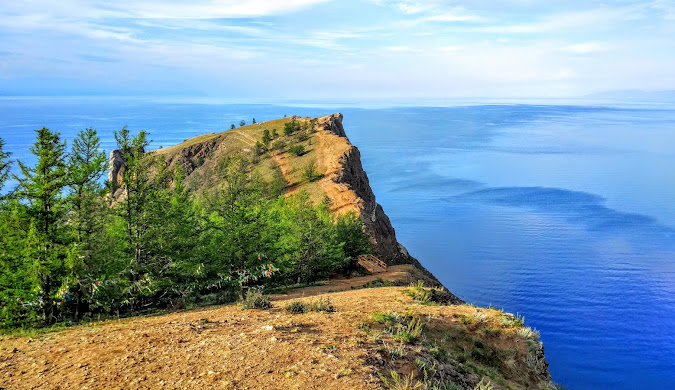
Lake Baikal is much more than a geographical feature; it’s an inspiring blend of natural wonder, ancient mystery, and vibrant culture. Whether you’re fascinated by its staggering depth, intrigued by local legends, or simply looking for a once-in-a-lifetime adventure, Baikal has something extraordinary to offer. It stands as a reminder of the beauty and resilience of nature, urging us to explore, appreciate, and protect our natural world.
If this post has sparked your wanderlust or answered some of your questions about Lake Baikal, please do the following:
- Like this post if you found it helpful.
- Share it with friends and family who love adventure and nature.
- Comment below with your thoughts, questions, or experiences about visiting Lake Baikal. Your engagement makes this community thrive!
Thank you for joining me on this virtual journey to one of the planet’s most captivating wonders. Until next time, happy travels! For more articles go to https://xploreheaven.com/blogs-updates/
References:
- UNESCO World Heritage Site – Lake Baikal
- Britannica – Lake Baikal
- Travel Triangle – Lake Baikal Insights
This Travel blog post is written with passion and respect for the magnificence of Lake Baikal, and I hope it inspires you to explore the hidden treasures of Siberia. Enjoy your adventure!
